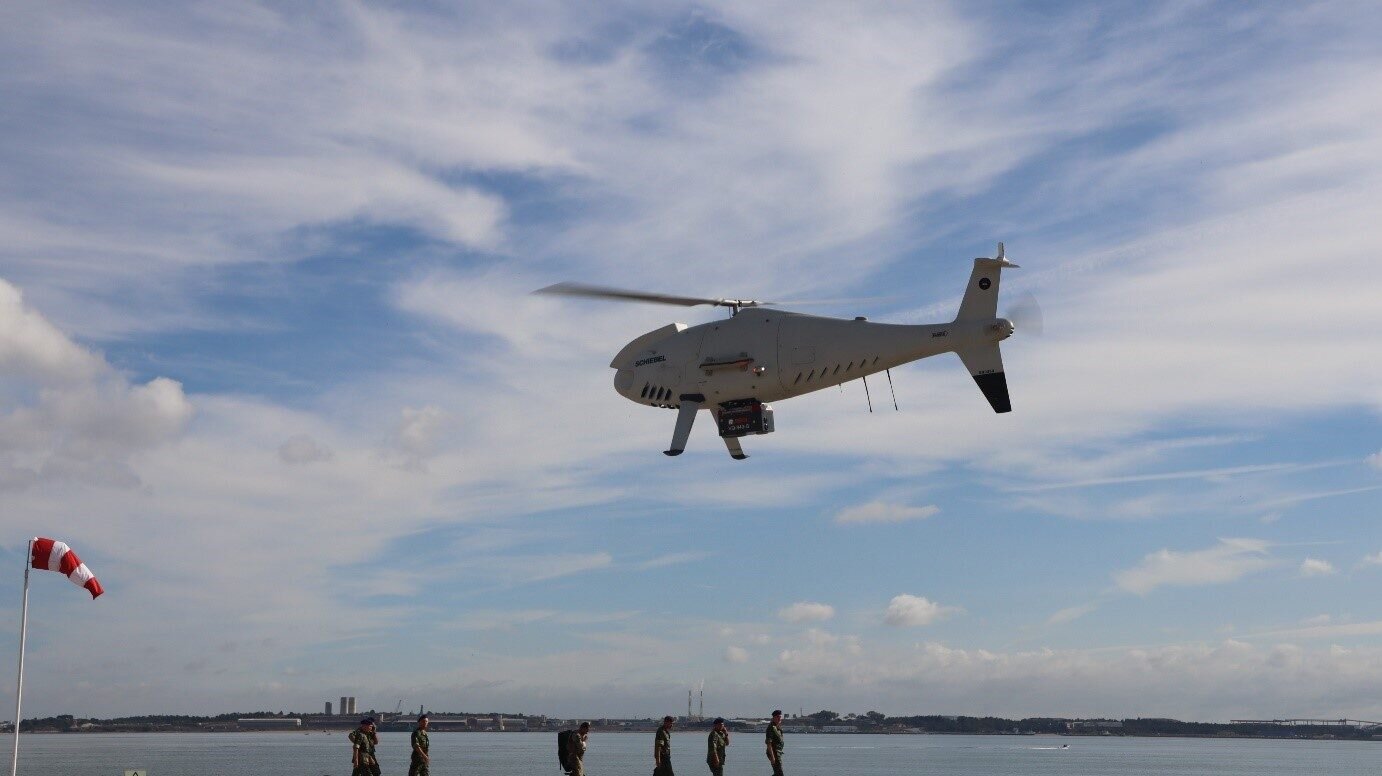During the REPMUS and Dynamic Messenger exercises, Thales demonstrated the excellence of its naval solutions, enabling forces to obtain a complete vision of the mission and improve interoperability in the conduct of operations to control the seabed. Thales' innovative and collaborative electronic warfare technologies experimentations, including an interoperable mine warfare mission management system, improve situational awareness beyond the ship's sensor horizon.
A mission management solution promoting interoperability between NATO networks, capable of easily integrating third-party systems, for the protection of the seabed
The aim of these two exercises, which took place in Portugal was to demonstrate new operational concepts and test new technologies in order to develop more flexible maritime UxV systems that are interoperable with conventional systems.
On this occasion, Thales demonstrated new mine detection capabilities, particularly in the strategic and complex area of the coastal waters. The open architecture of Thales' mine action mission management system, M-Cube, enables the rapid and flexible integration of third-party sensors. For example, the CAMCOPTER® S-100 UAV incorporating the Austrian company RIEGL's VQ-840-G LiDAR (Light Detection and Ranging) system was able to carry out a complete airborne mine countermeasures operation with 100% mine detection success and 0% false alarms, thereby achieving the best results recorded during the exercises.
These innovations in mission management enabled the forces to obtain a complete view of the tactical situation in order to achieve their operational objectives. This is the first time that the advantages of the distributed architecture of the new generation M-Cube system have been demonstrated in a NATO naval exercise combining traditional platforms and UAVs. In addition, the M-Cube system, with its open architecture, shows that it is compatible with NATO major communication networks and able to manage missions at an operational group command level.
In addition, Thales, through its MiMap solution, contributed to the protection of critical submarine infrastructures by identifying a cut in a submarine cable during the Dynamic Messenger exercise. MiMap is a mission analysis tool that enables operators to analyse sonar data in real time or recorded during a mission. It provides an efficient way to study the seabed, classify and locate contacts and detect changes from the last known status of an area, presenting speed, area coverage and false alarm rate unrivalled to date.
“The MiMap and M-Cube solutions have made the BBPDs (Base Bomb Disposal Diving Vessels), which date back to the mid-80s, even more efficient and effective in their use of 21st century drones. MiMap is a powerful tool for processing sonar data, and was particularly appreciated by my teams responsible for operating mine warfare sonars. My crew were also very pleased with the ease of installation and integration of the MiMap and M-Cube systems.” Lieutenant-Commander Claude-Louis, commander of the GPD Méditerranée and the BBPD Pluton.
Multi-static electronic warfare for improved situational awareness
Electronic Warfare (EW) enables signals in the electromagnetic spectrum to be detected, interpreted, controlled or disrupted. Today, Radar Electronic Support Measures (R-ESM) are required to simultaneously receive and identify multiple complex radars. During these exercises, Thales deployed collaborative electronic warfare resources based on UAV micro-ESM solutions in partnership with a SME (ESROE), and our multi-purpose digital radar electronic support measurement system (R-ESM) on board a frigate. In this way, the Group has demonstrated in real conditions how sensors’ collaboration in multi-domain will enable to refine situation awareness.









